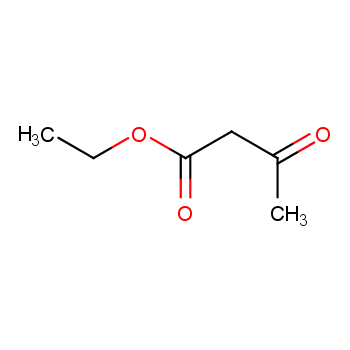Different from liquids with irritating odors, this component, Ethyl acetoacetate, has a pleasant aroma, so it is not particularly pungent and is included in many pharmaceutical intermediates. Its chemical formula is C6H10O3. Is the synthesis method of Ethyl acetoacetate complex?
You may not be able to witness the specific synthesis method of Ethyl acetoacetate, but you can search for videos and consult encyclopedias online to get a rough understanding. In a esterification pot, ethanol and concentrated sulfuric acid are added according to the ratio, stirred and heated. When the temperature reaches 82°C, diethyl ketone is added dropwise, and the esterification temperature should not exceed 130°C. Continue refluxing until the reaction temperature no longer changes and the esterification solution no longer contains diethyl ketone, then end the reaction and lower the temperature of the liquid to within 120°C. Remove low-boiling substances under the condition of controlling the reflux ratio of 1:1.
When no more low-boiling substances are distilled, increase the vacuum degree to 86.6 kPa and continue to remove low-boiling substances. When the top temperature of the tower exceeds 100°C, increase the vacuum degree to 97.3 kPa and distill the finished product. The synthesis method is actually quite complex, and if there is time and conditions allow, it is still possible to experience it through experiments. Ethyl acetoacetate is not commonly seen in our daily life. If you lack knowledge of physical chemistry, you can take advantage of some leisure time to expand your knowledge.
After understanding the synthesis method of Ethyl acetoacetate and other related questions, you will have a general understanding. Ethyl acetoacetate is slightly soluble in water, so it should be kept at a certain distance from water sources when stored, otherwise chemical reactions may occur, so be careful.



